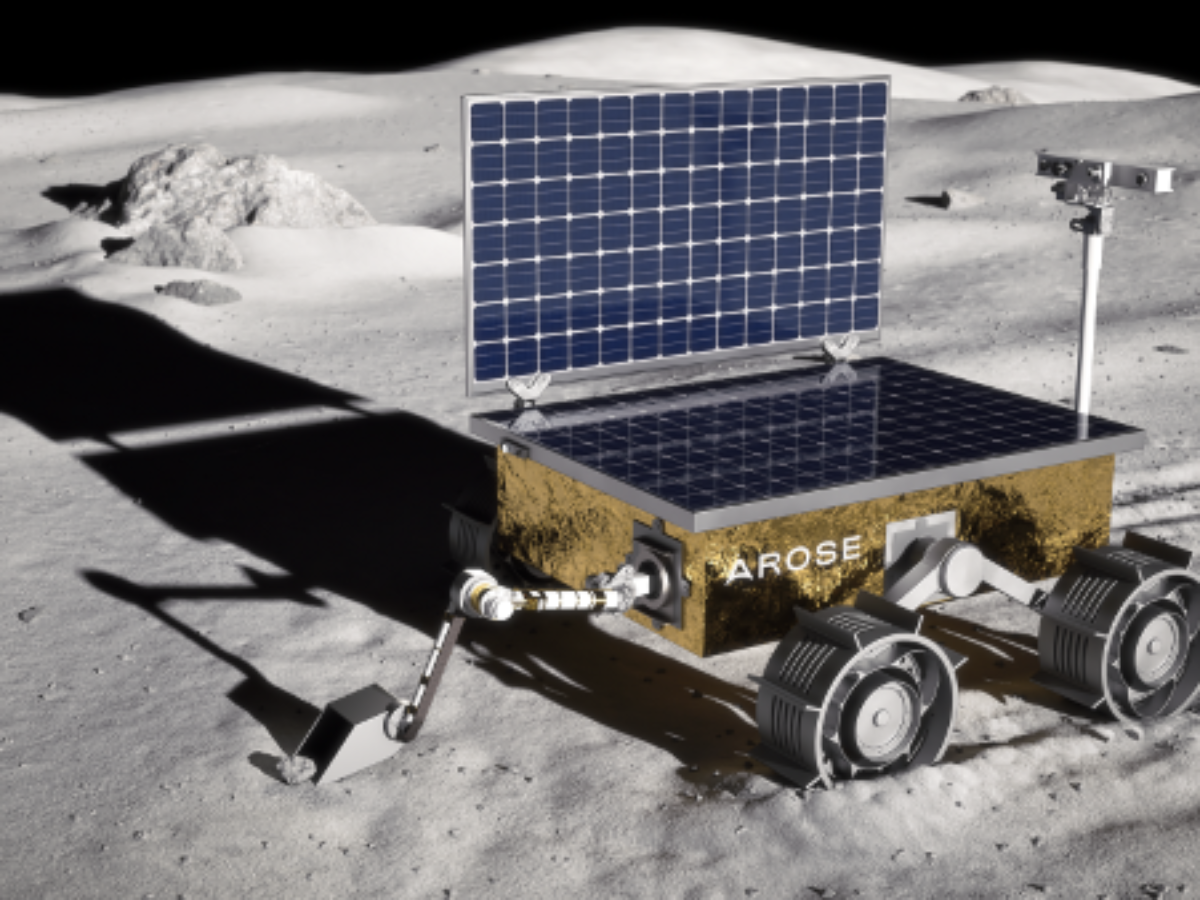AROSE and EPE to design lunar rovers following grant awards

The AROSE consortium and the EPE and Lunar Outpost Oceania consortium will each receive $4 million to design early-stage prototypes of a semi-autonomous Moon rover, as part of plans for an Australian-US mission to the Moon.
AROSE, led by Fugro, creators of Australia’s Space Automation, AI & Robotics Control Complex (SpAARC), and Australian-owned engineering services and technology solutions company Nova Systems, was chosen for Stage 1 of the Australian Space Agency’s flagship Trailblazer programme.
Woodside Energy and Rio Tinto are also supporting the Australian Remote Operations for Space and Earth (AROSE) Trailblazer Stage 1 effort by providing knowledge transfer of their terrestrial robotic and automation capabilities. Additional support has been received from the Western Australian Government.
Also chosen is a consortium involving EPE, which provides design and integration activities, and delivers niche capabilities in robotics, sensors and effectors for deployment in hazardous environments along with Lunar Outpost.
Lunar Outpost has raised $12 million in venture funding and is developing the commercially funded 15 kg Mobile Autonomous Prospecting Platform (MAPP) rover — including a payload mass allocation for MIT — scheduled for delivery by an Intuitive Machines lander to the lunar South Pole in 2023.
The Trailblazer programme will see Australia design, build, test, and operate an Australian-made lunar foundation services rover for NASA’s return to the surface of the Moon. The rover aims to launch by 2026.
NASA has asked Australia to provide the lunar rover due to our world-leading expertise in remote operations and automation technology, developed through our resources industry.
The Trailblazer programme requires the rover to be operated remotely to collect lunar soil and deliver it to a NASA-provided processing facility to extract oxygen. This is a critical step to supporting a sustainable human presence on the Moon, Mars and beyond.
AROSE CEO Leanne Cunnold said: “AROSE was created to help secure Australia’s role in the international space sector, and to drive knowledge from space to ground and ground to space.
“Australia has world-leading expertise in managing remote operations and robotics in complex and hazardous environments, making us an ideal partner for developing critical space technologies.”
Minister for Industry and Science Ed Husic said: “Drawing on Australia’s world leading remote operations, the rover will collect lunar soil known as regolith from the Moon and deliver it to a NASA payload, which will attempt to extract oxygen from the sample.”
Fugro Director SpAARC Sam Forbes said: “Collaborating with NASA, the Australian Space Agency, and the AROSE consortium, this is an incredible mission, which will put Australia’s first rover on the Moon and demonstrate Australia’s capability to play a significant role in the emerging space sector.”
Meanwhile industry minister Husic also announced that National Aeronautics and Space Administration (NASA) Administrator Bill Nelson and Deputy Administrator Pamela Melroy are visiting Australia this week, in the first visit of a sitting NASA Administrator to our shores since 2014.
Image: Artist’s impression of the AROSE consortium lunar rover
Topics Defence Technology
@aumanufacturing Sections
Analysis and Commentary Awards Defence Manufacturing News Podcast Technology Videos






